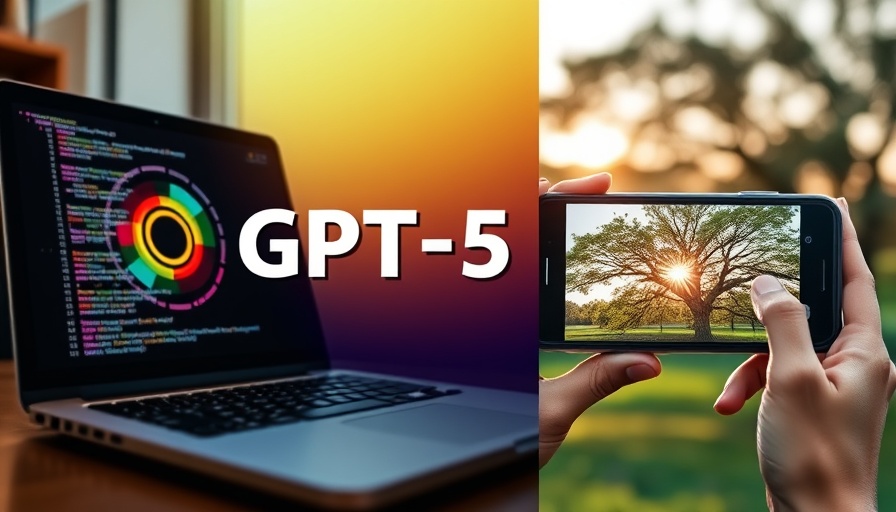
Understanding the Evolution of ChatGPT: A Deep Dive into Model Variations
OpenAI's recent rollout of ChatGPT 5, which includes three distinct model options—Fast, Thinking, and Pro—sparks a significant discussion about user preferences and AI capabilities. With each model tailored for different needs, the variations reflect a nuanced understanding of how AI can serve diverse prompts. This comparative analysis allows us to appreciate not just the innovations of GPT-5 but also the enduring appeal of its predecessor, GPT-4o.
Why Choose Different Models?
The Fast model prioritizes speed, delivering answers promptly while sacrificing some degree of depth. It’s ideal for users needing quick information bursts, such as busy executives with tight schedules. For example, when asked about planning a weekend trip in Montreal, Fast offered a solid but basic itinerary, which may suit those seeking immediate suggestions without much elaboration.
In contrast, the Thinking model takes a leisurely pace, emphasizing thoroughness and structured reasoning. By aiming for clarity and comprehensiveness, it presents recommendations with detailed context, helping users better understand the rationale behind each suggestion. Its methodical approach could be invaluable for marketing professionals devising strategies that require depth and intentionality.
The Pro model emerges as the powerhouse option, using extensive computational resources for responses that dig deep into the subject matter. This model is especially vital for industries that thrive on detailed analytics and comprehensive insights, which can drive informed decision-making. For instance, when the models were prompted to explain leap years to a child, Pro's imaginative approach not only captured attention but also conveyed complex concepts through relatable metaphors—a skill particularly useful in educational content creation.
Consumer Data: Preferences and Trends
As the technology matures, understanding user preferences will be critical. Early assessments suggest that users may gravitate towards personalized options, preferring AI that adapts to their specific needs. This trend mirrors broader patterns in AI utilization across tech industries, where personalization is increasingly prioritized. Companies that develop robust insights about their customers will likely excel in this environment.
What GPT-4o Users Miss and Why
Despite the advancements, some users lament the shift from GPT-4o to the newer iterations. Many find that the rich conversational depth of GPT-4o provided an experience that felt more human-like and engaging. The intuitive dialog from GPT-4o was something notably absent in the more utilitarian responses from the new Fast model. Hence, as companies incorporate AI into their workflows, striking a balance between efficiency and conversation quality will be paramount.
Implications for Businesses
For business professionals, especially those managing marketing or tech-driven strategies, the selection of ChatGPT model can influence operational efficiencies and customer interactions. Understanding when to deploy each model can enhance engagements and lead to more meaningful conversations with clients and stakeholders. As AI systems advance, investing time in understanding their capabilities may yield competitive advantages.
Final Thoughts: Making the Transition Smooth
As AI tools like ChatGPT evolve, their adoption need not be met with resistance. With organizations exploring how these models can assist in day-to-day operations, comprehending the strengths and limitations of each will prove beneficial. Transitioning from established models like GPT-4o to newer variations is not merely a question of technology; it’s a journey toward enhanced conversations and interactions that could reshape user experiences.
While it might seem that faster is better, the correct application of these diverse models can yield a more comprehensive understanding of user needs. Adopting a thoughtful approach will allow business professionals to maximize their engagement with these AI platforms, ultimately leading to more fruitful exchanges and strategic growth.
 Add Row
Add Row  Add
Add 




Write A Comment